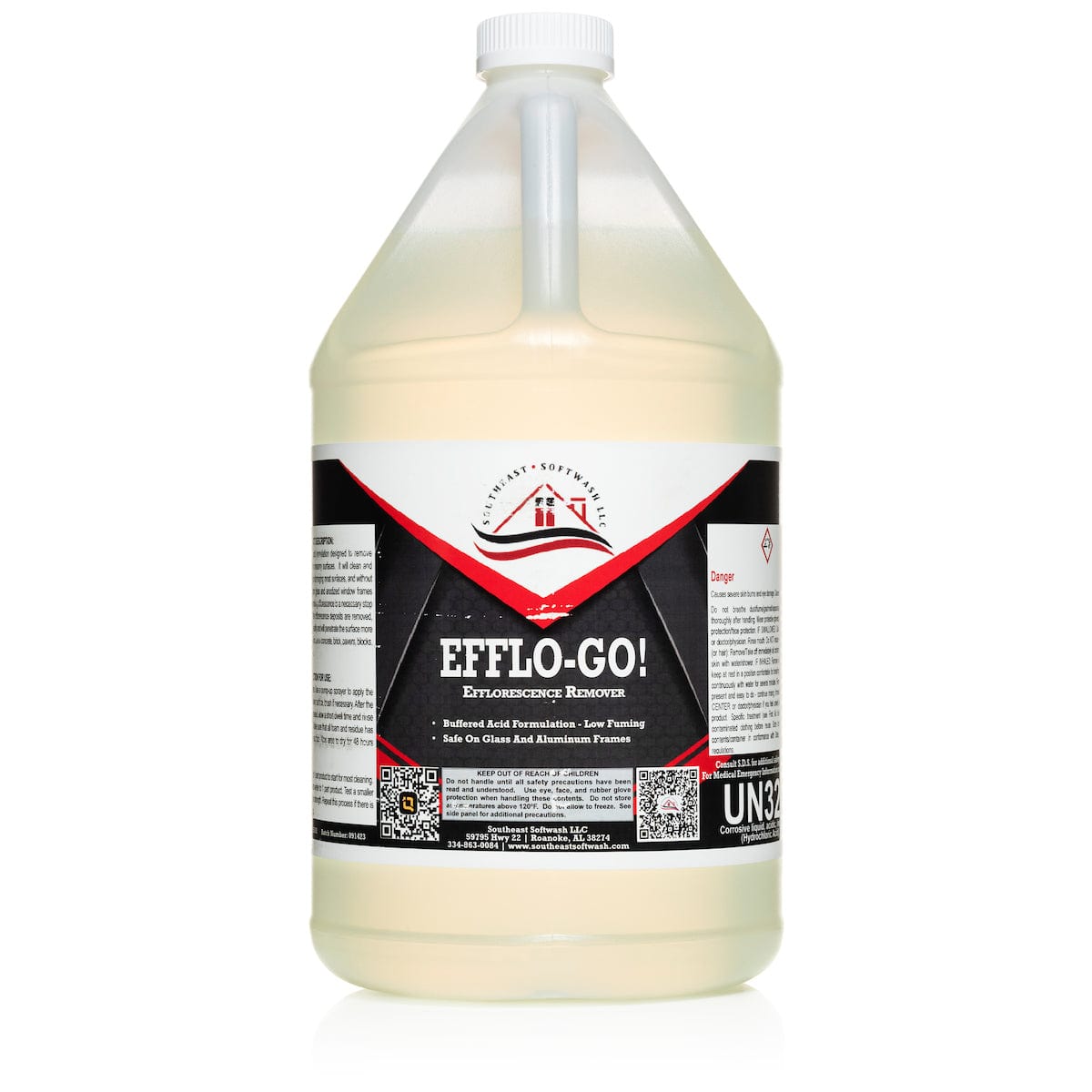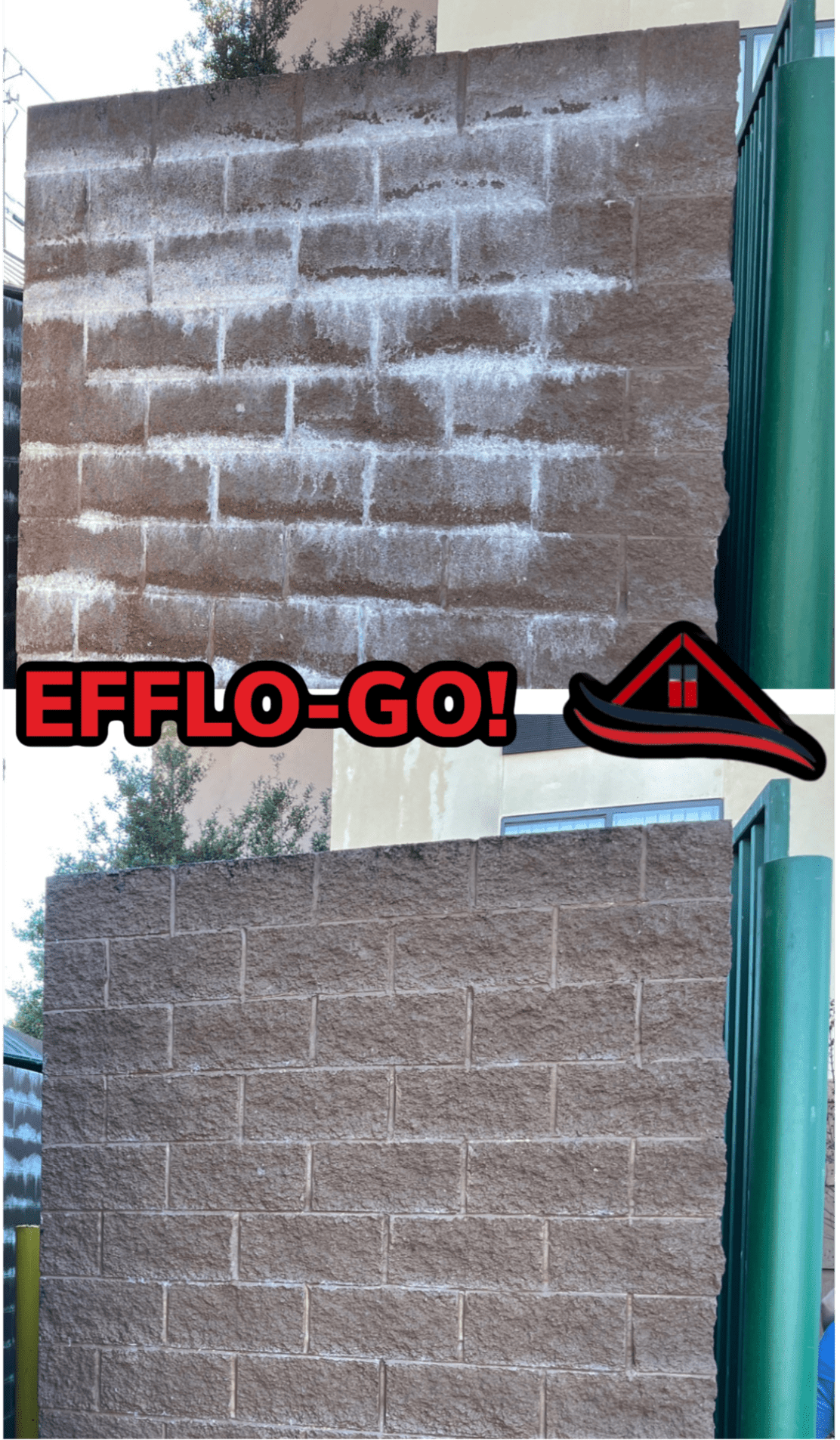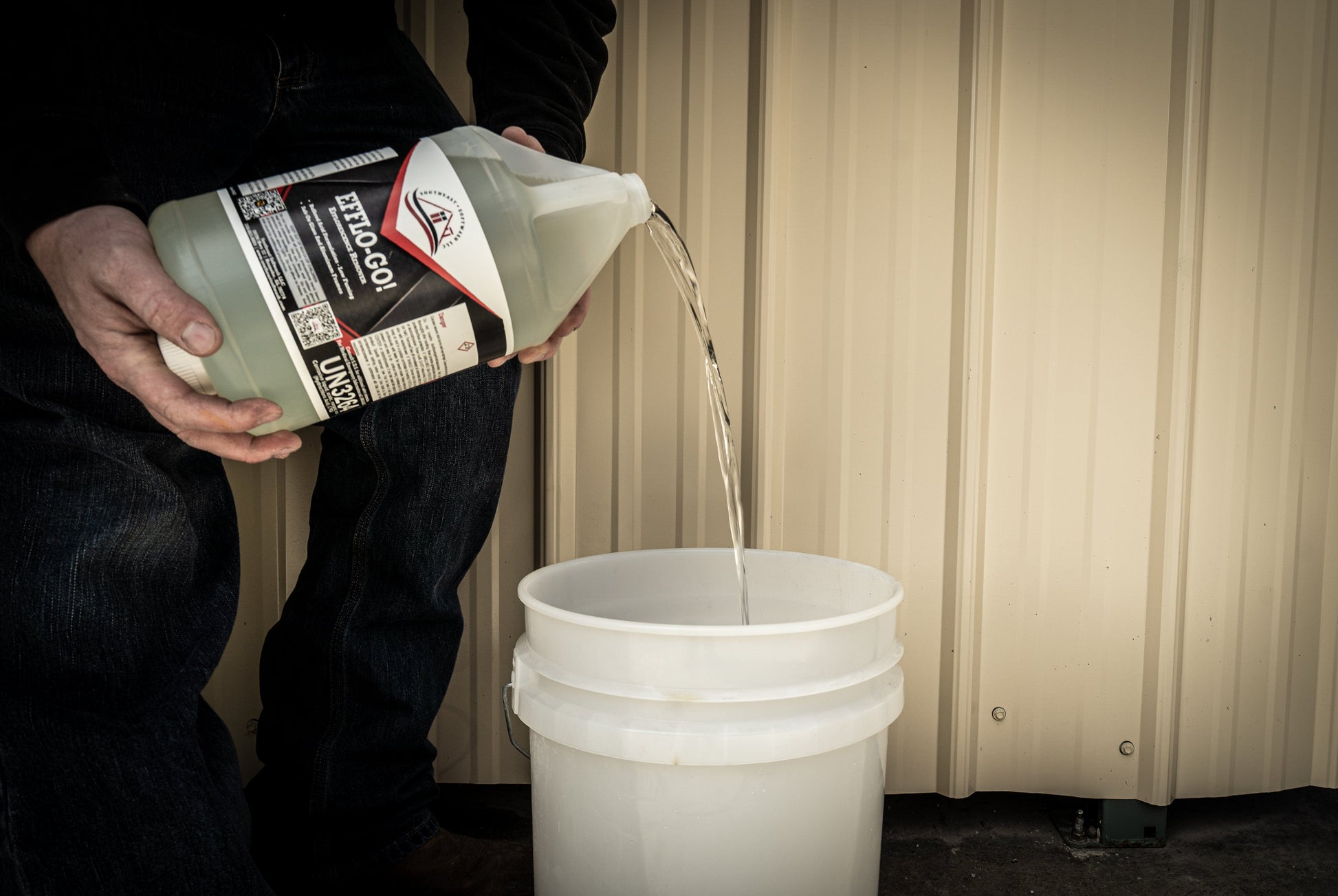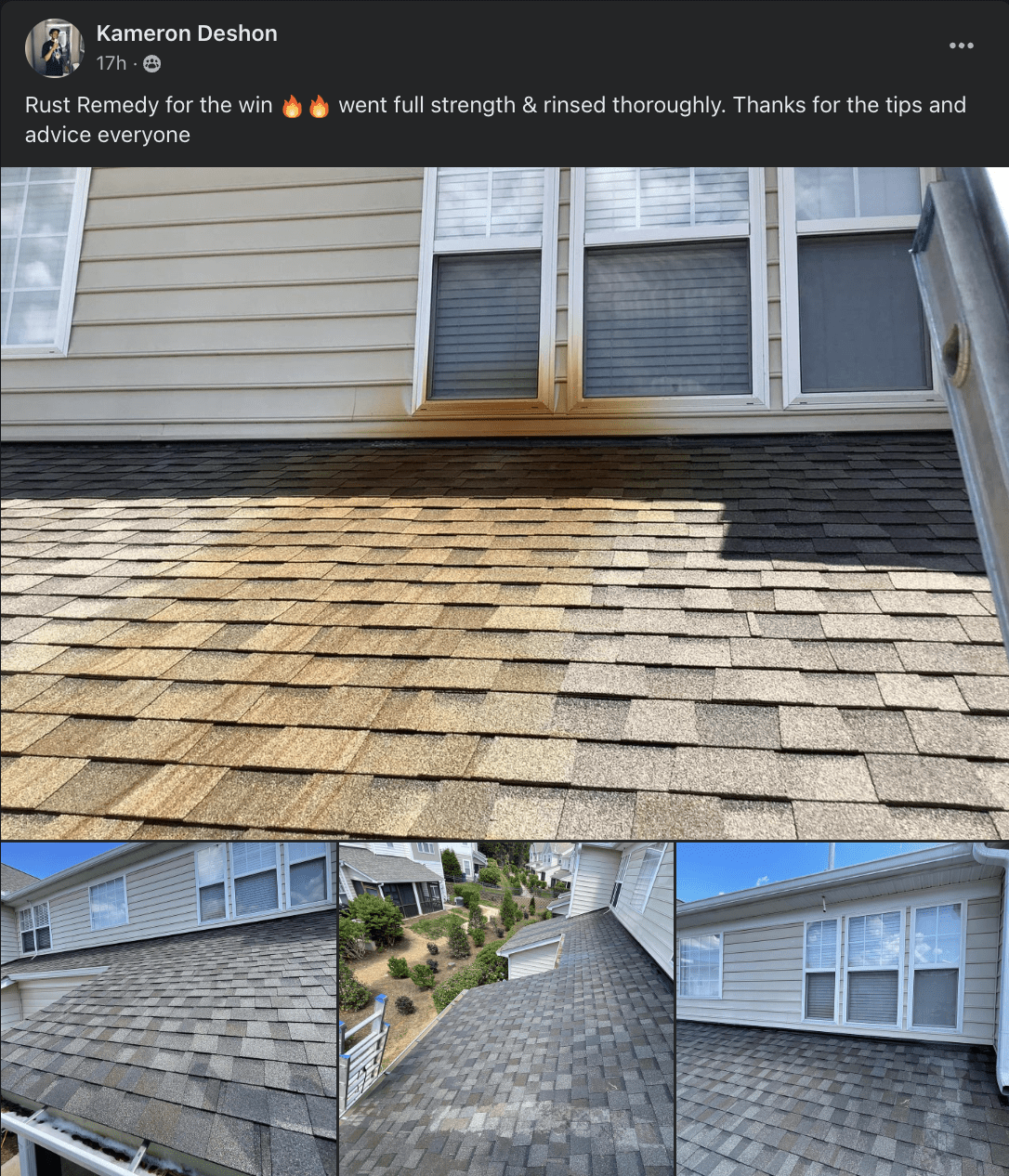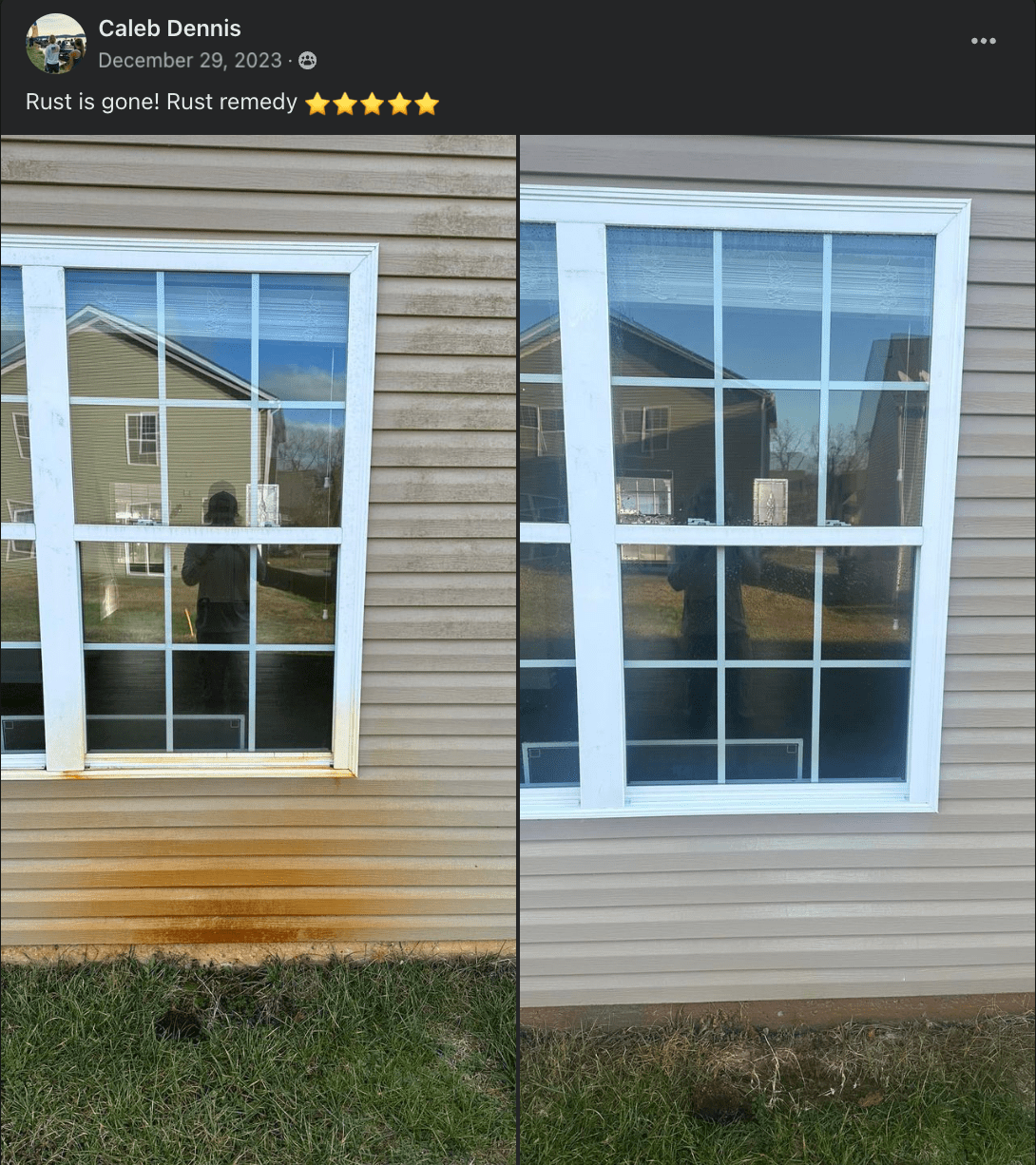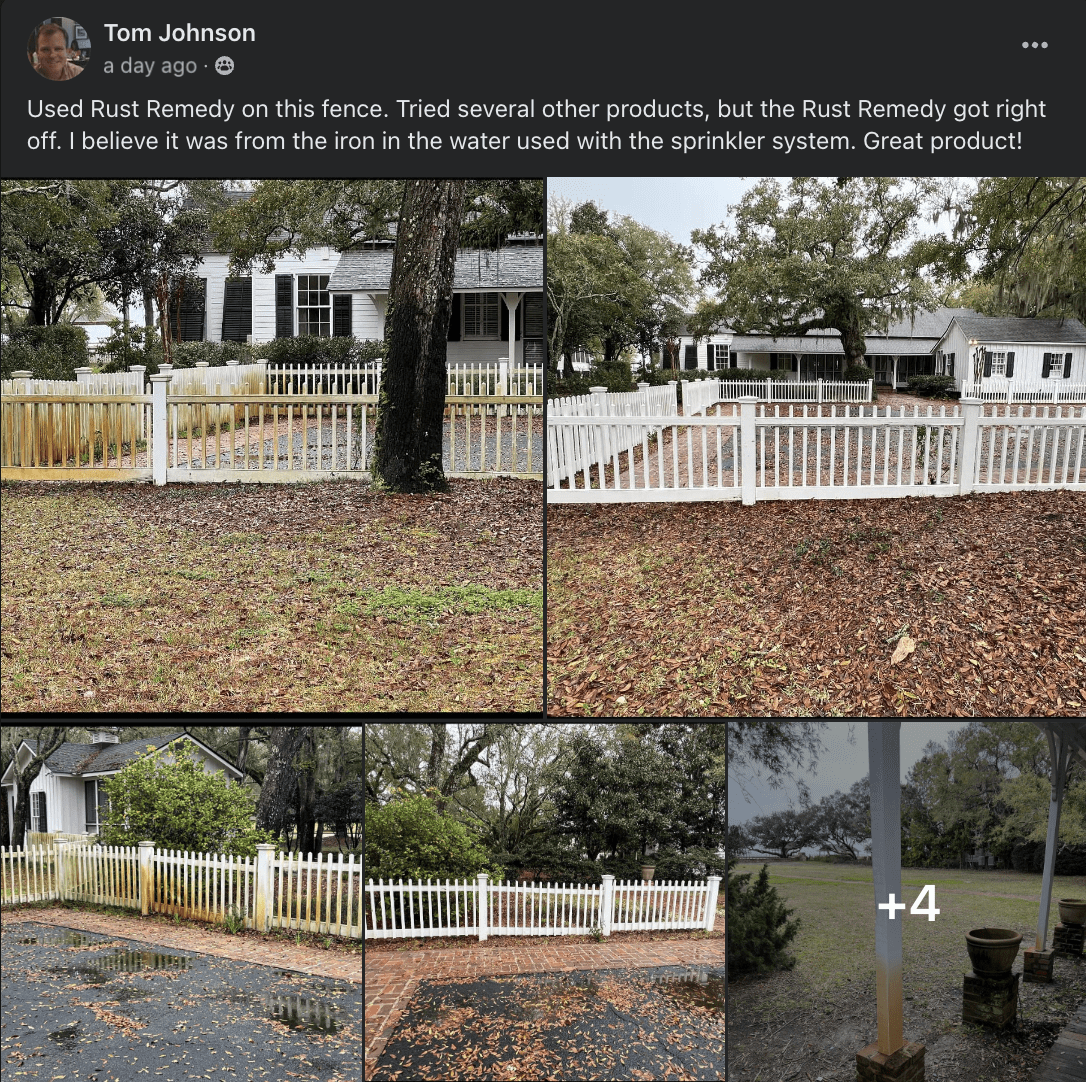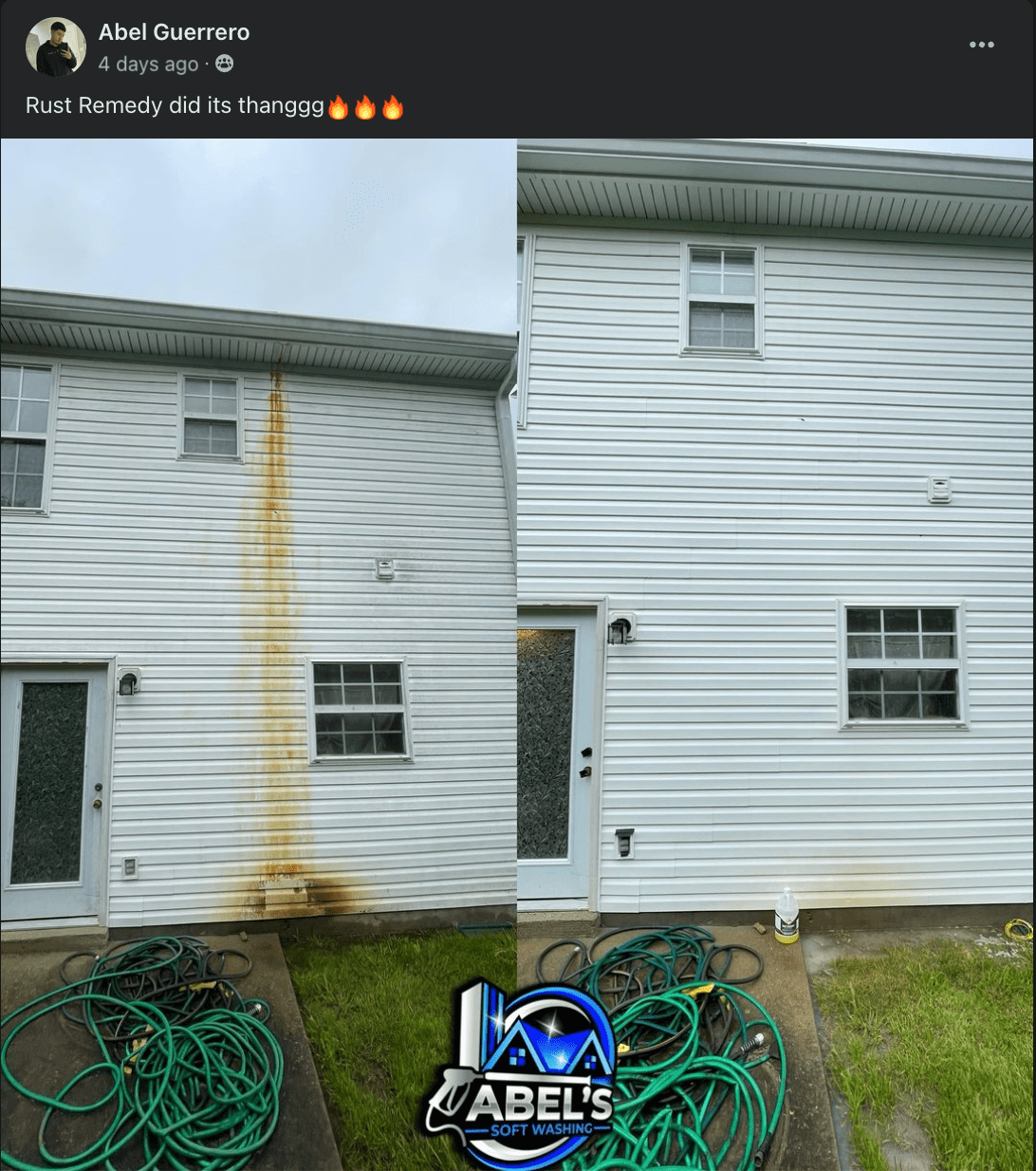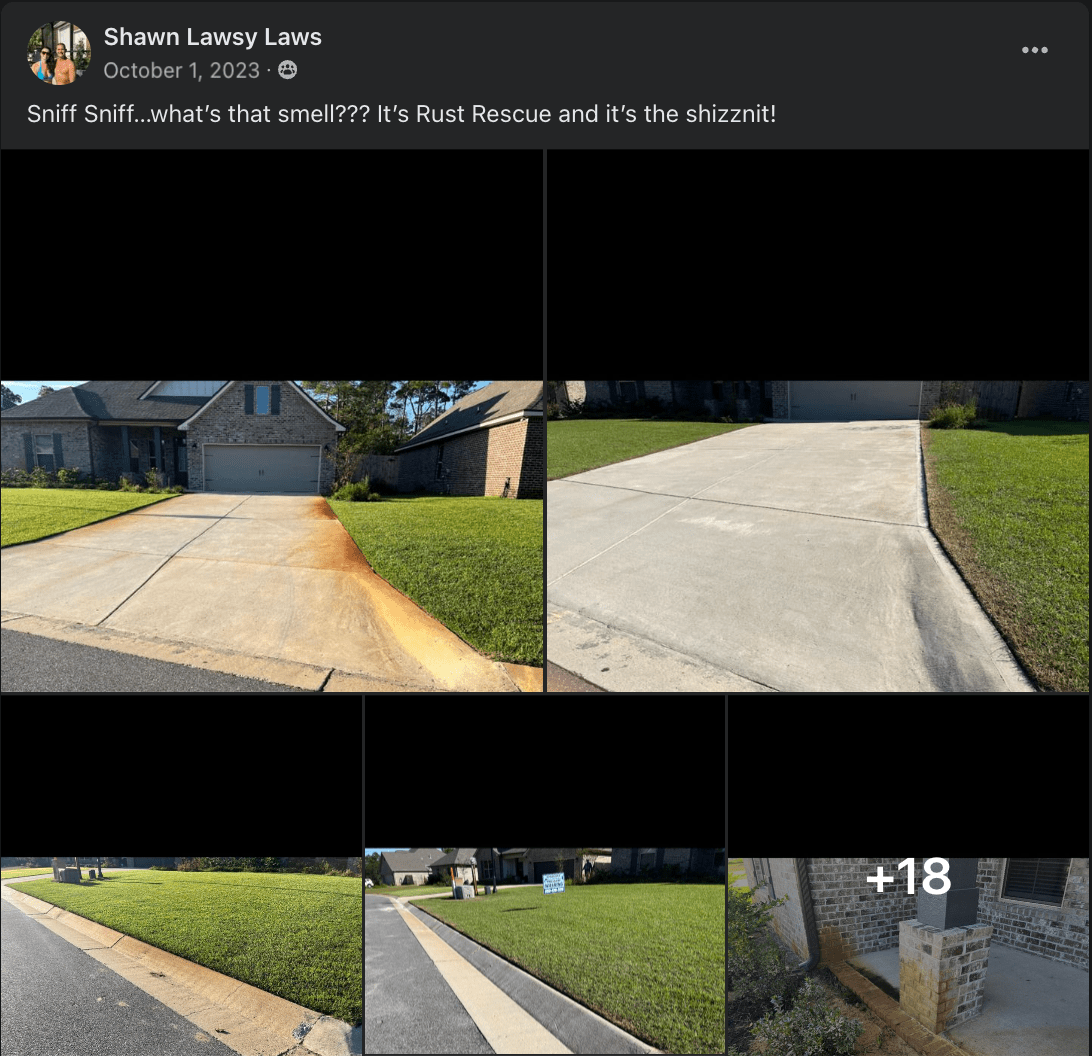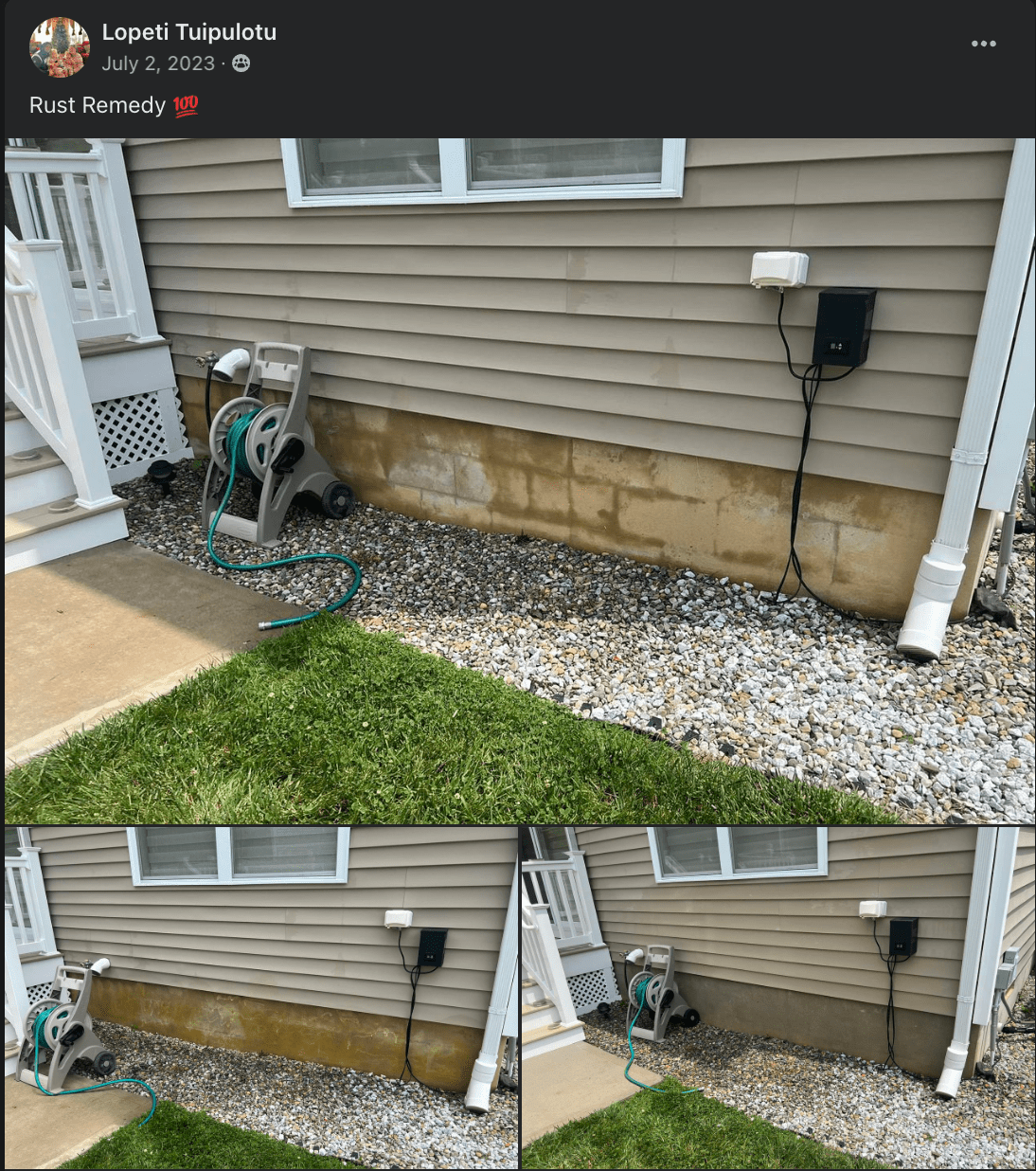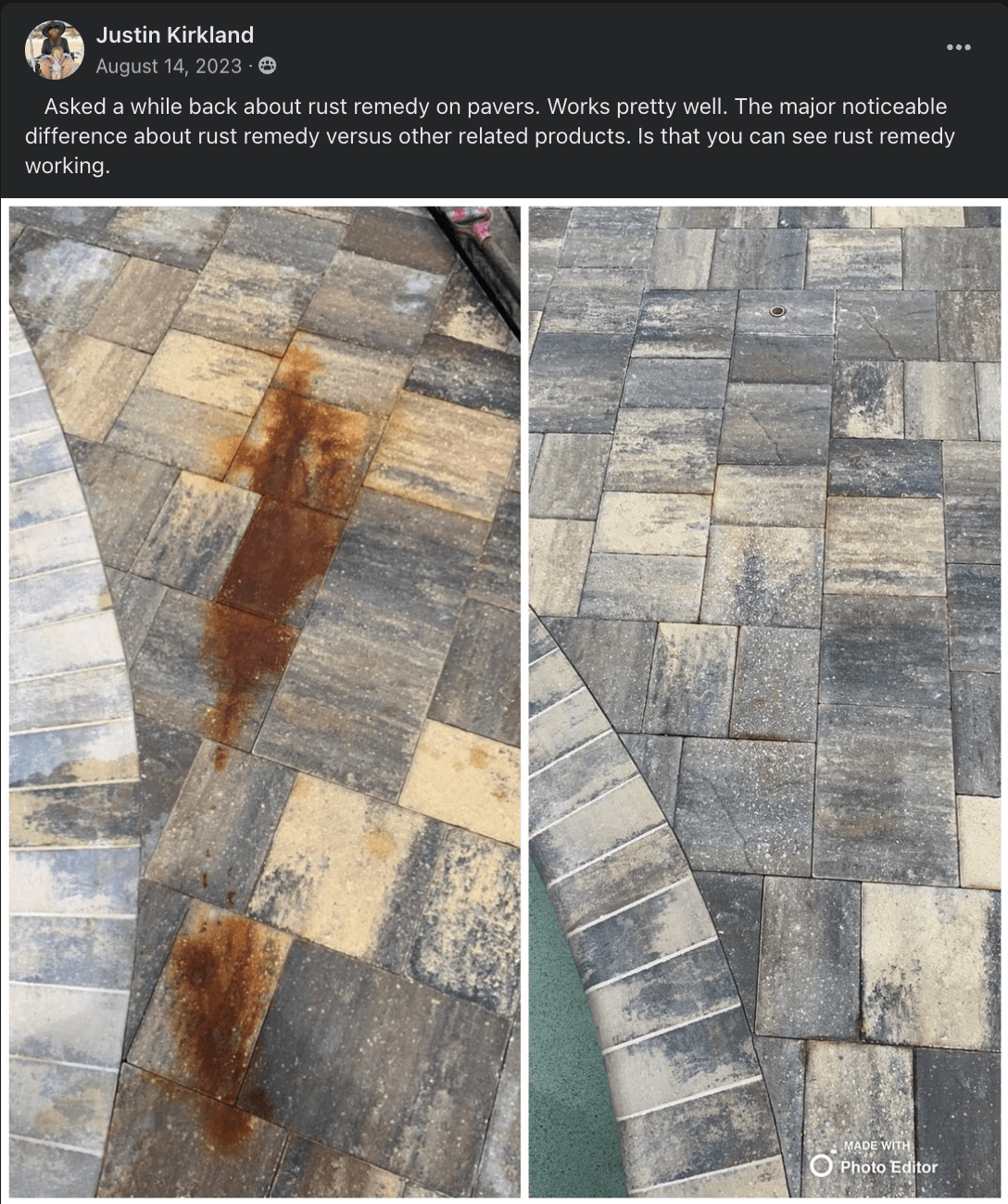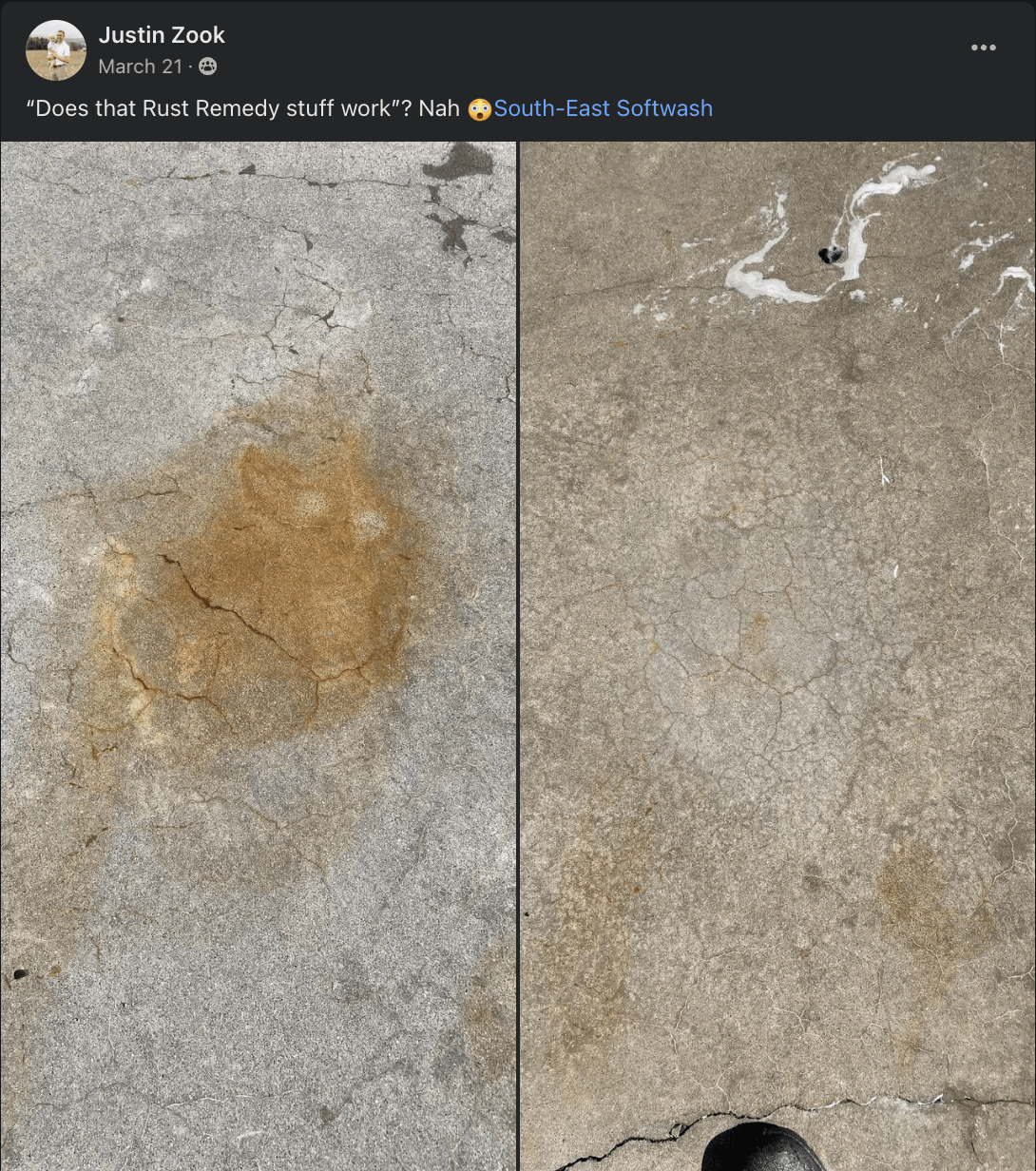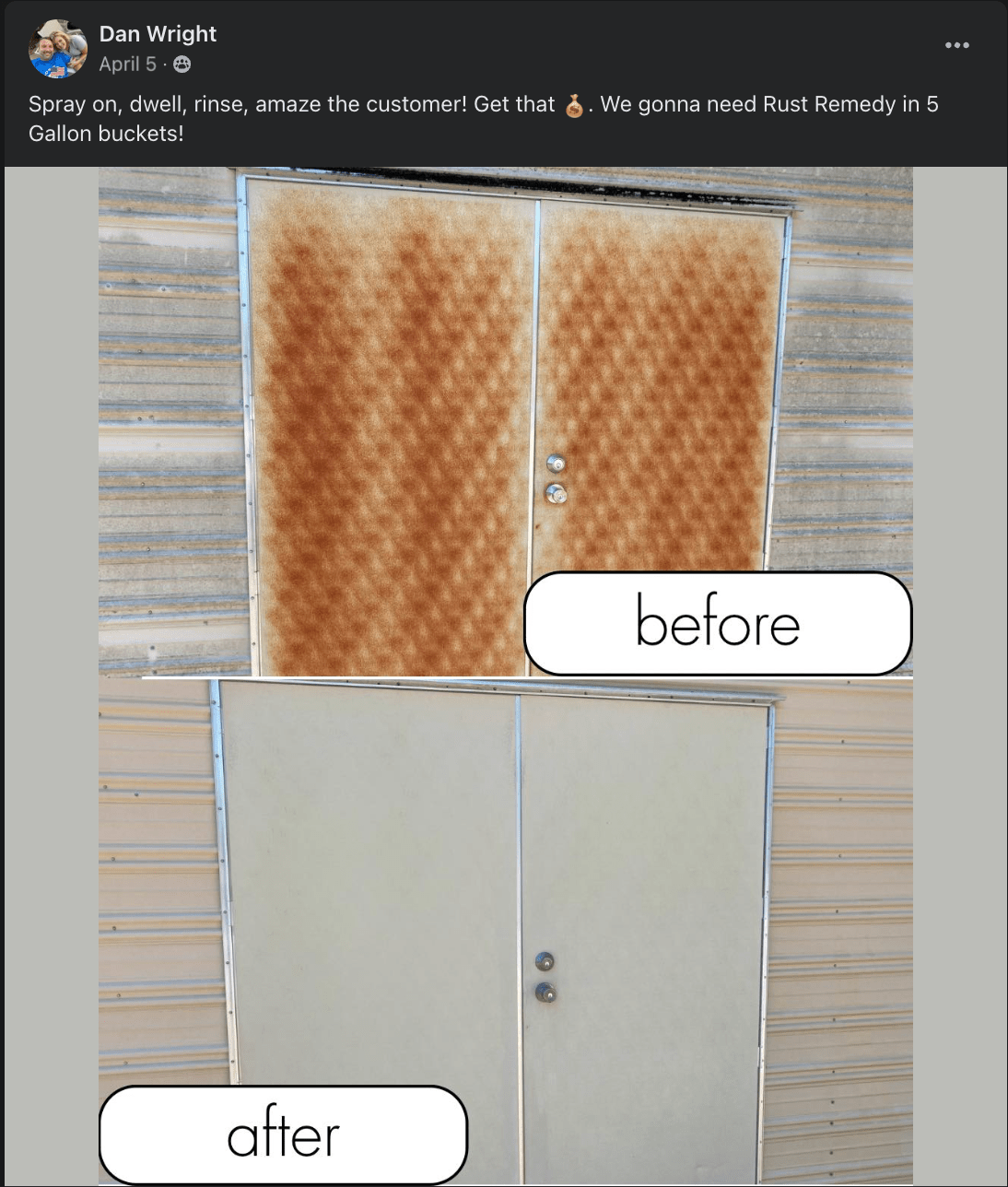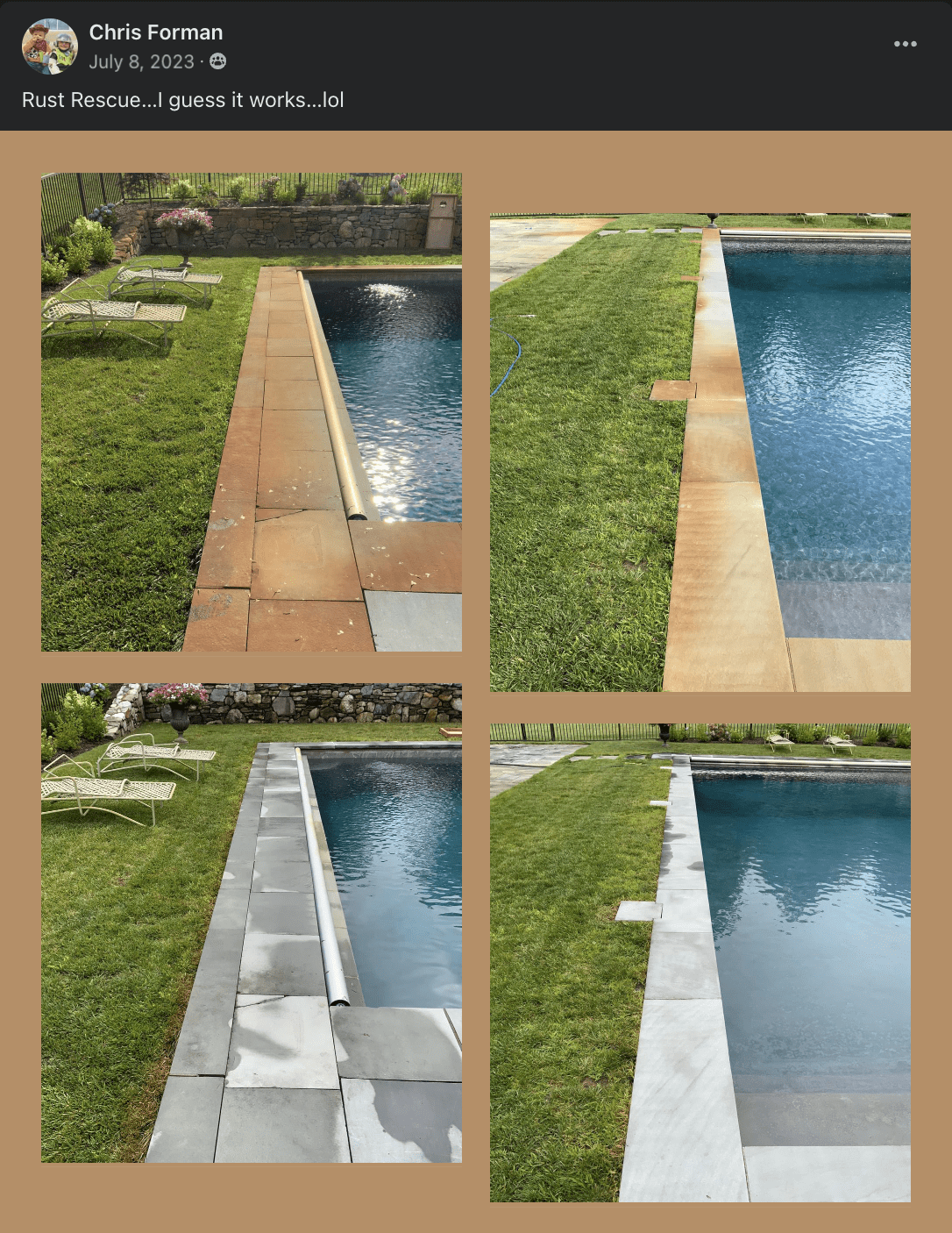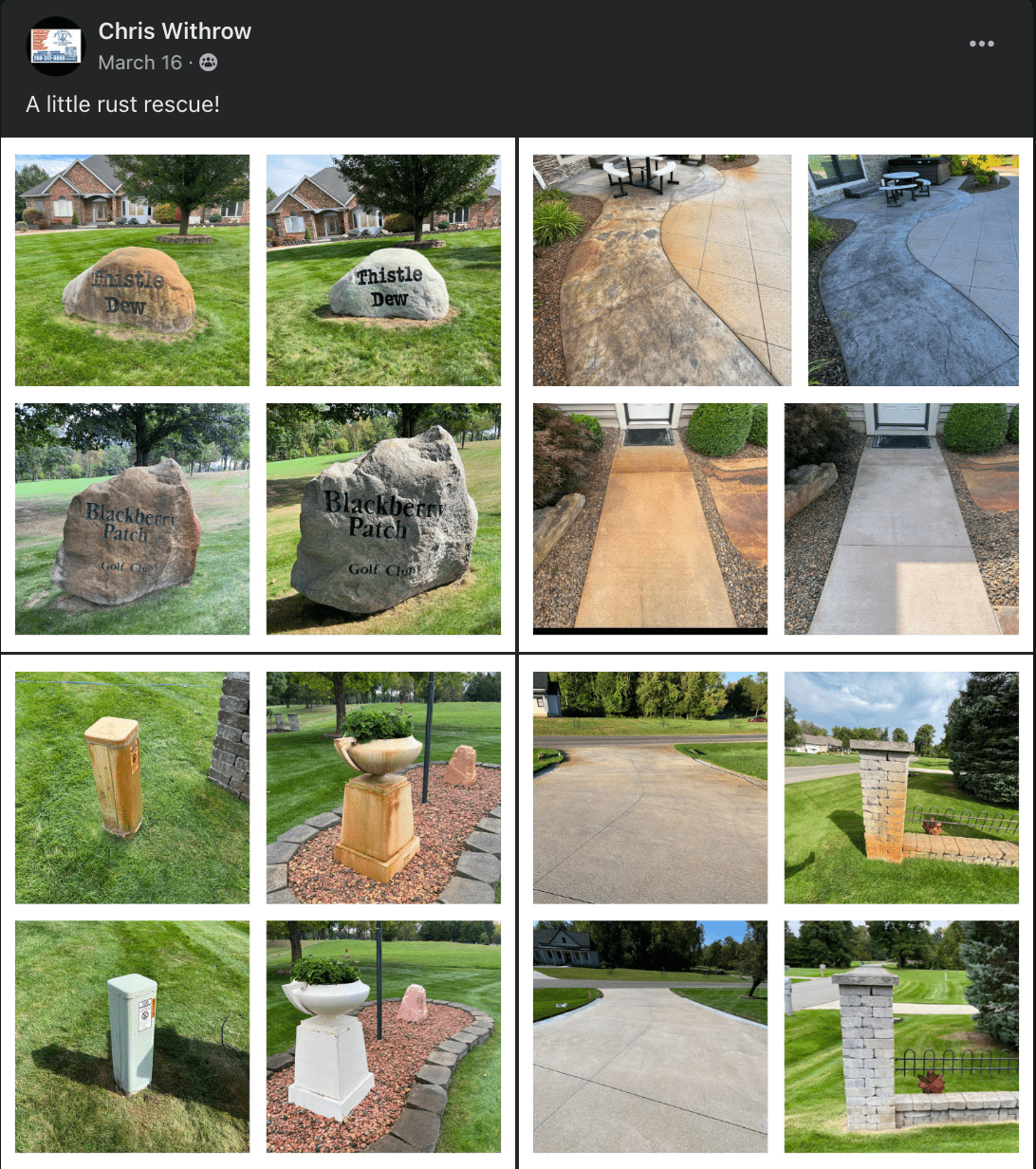Southeast Softwash
Efflo-Go! Efflorescence Remover
Efflo-Go! Efflorescence Remover
Earn [points_amount] when you buy this item.
Couldn't load pickup availability
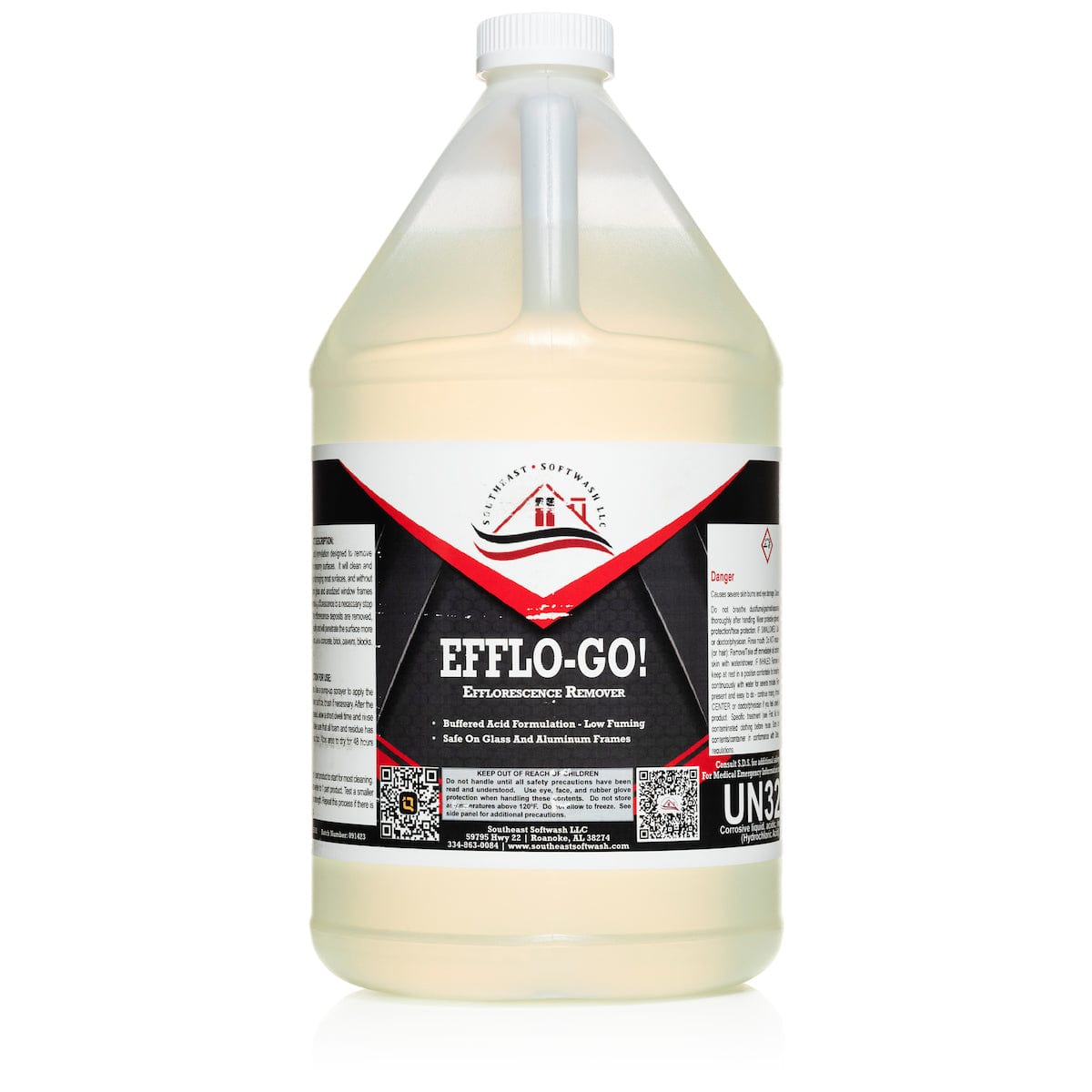
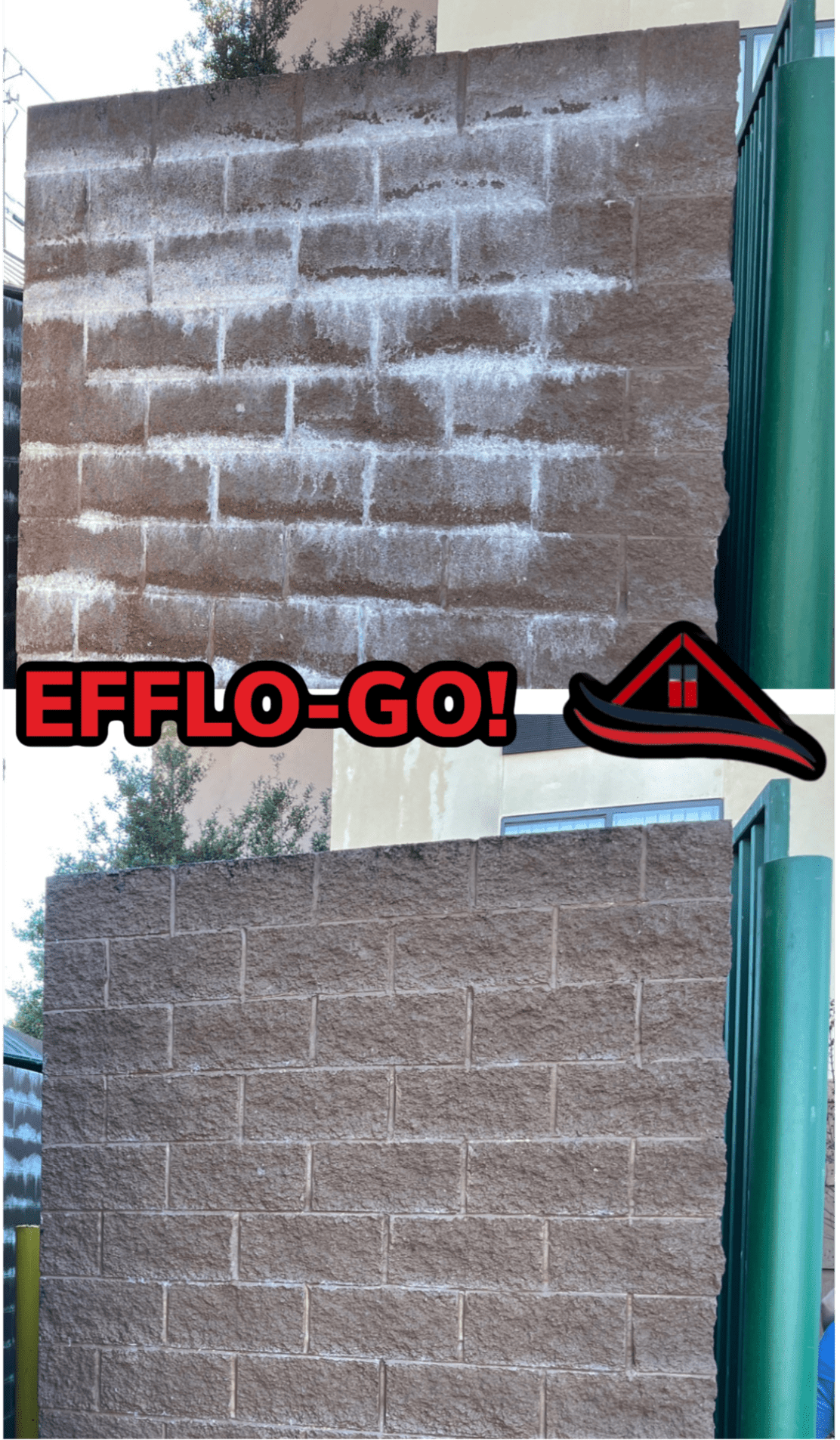
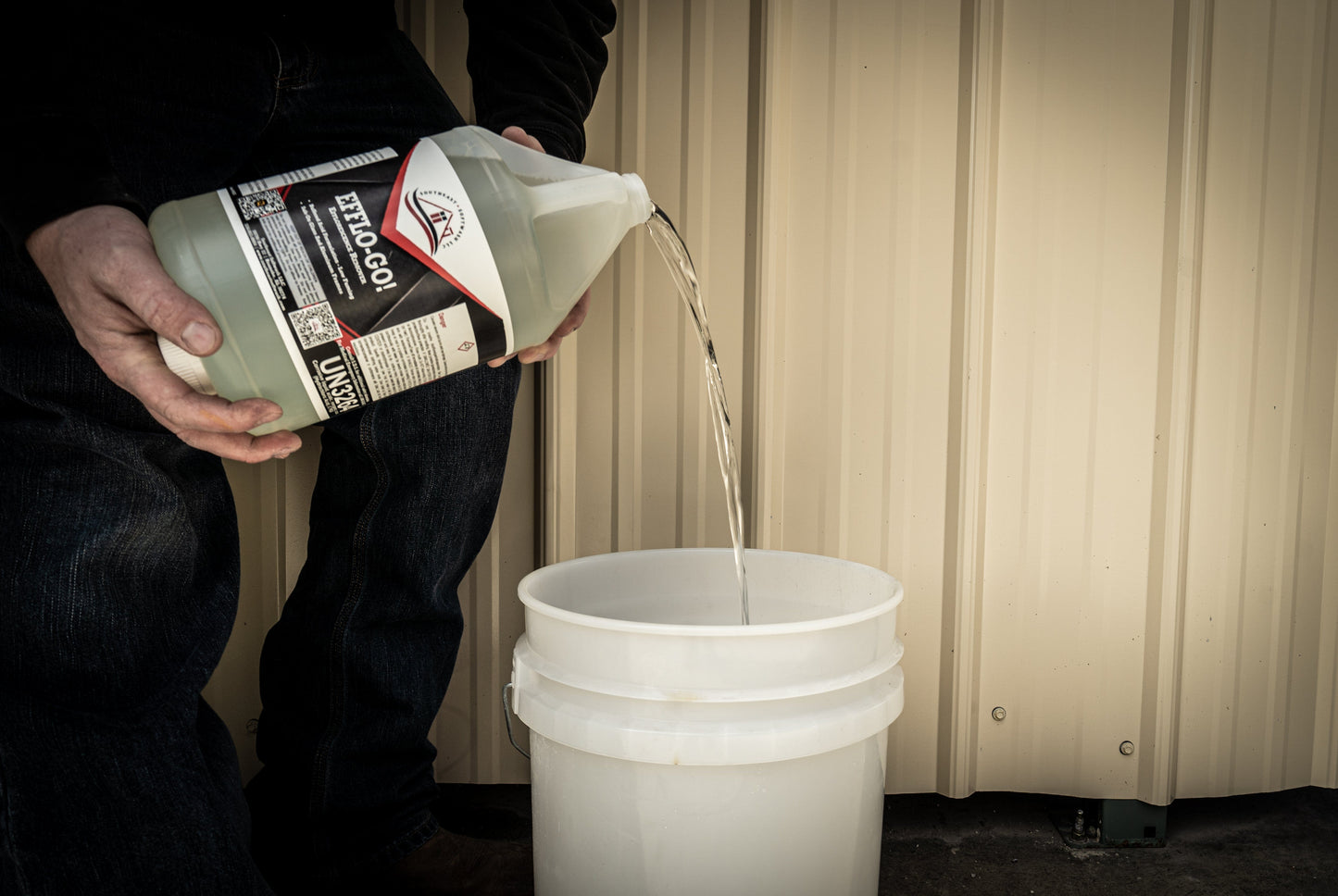
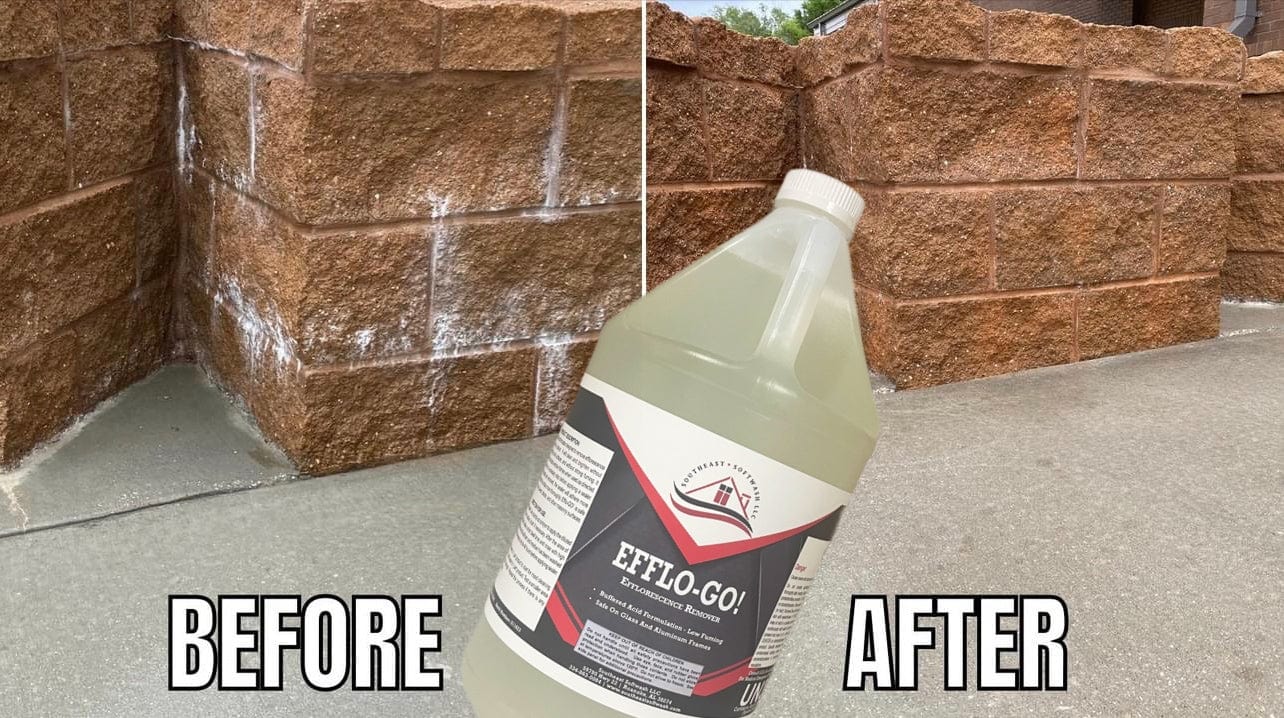
Product Details
Efflo-Go! is the professionals Efflorescence remover.
Efflo-Go! is the solution for removing stubborn efflorescence deposits from masonry surfaces without damaging or discoloring the surface. Perfect for concrete, brick, pavers, blocks, and other masonry surfaces. Say goodbye to unsightly deposits and enjoy a brighter, cleaner look with Efflo-Go!
Efflo-Go! is a buffered acid formulation designed to remove efflorescence deposits from masonry surfaces.
It will clean and brighten without discoloring or damaging most surfaces, and without strong fuming. It will not harm glass and anodized window frames when used as directed. Removing efflorescence is a necessary step before applying a sealer.
After efflorescence deposits are removed, your sealer will adhere more readily and will penetrate the surface more thoroughly.
Efflo-Go! is safe for use on:
- concrete
- brick
- pavers
- blocks
- mortar
- pool tile
- other masonry surfaces.
Whether you're a homeowner or a professional, Efflo-Go! is the smart choice for removing efflorescence and keeping your masonry surfaces looking their best.
Efflorescence remover for professionals
To see our other specialty chemicals click here
Click here for the Effo-Go! SDS Sheet
Efflorescence: Understanding the Two Types and Preventing Their Formation
Efflorescence, the white powdery substance that can appear on the surface of masonry materials like brick, concrete, and stone, can be a frustrating issue for homeowners and building owners. It's important to understand the difference between primary and secondary efflorescence, as well as how to prevent and remove it.
Primary Efflorescence
During the curing process of newly installed masonry materials, excess water and salts within the material can come to the surface and evaporate, leaving behind white deposits known as primary efflorescence. This type of efflorescence is common in newly installed materials and typically disappears on its own after a few months as the material continues to cure.
Secondary Efflorescence
On the other hand, secondary efflorescence occurs after the masonry materials have fully cured and is caused by ongoing water exposure. Water penetrates the surface of the masonry material, dissolves the salts within, and the dissolved salts rise to the surface and evaporate, leaving behind the white deposits.
This type of efflorescence can be more difficult to remove and may require specialized cleaners or professional services.
Causes of Secondary Efflorescence
There are several factors that contribute to the formation of secondary efflorescence, including improper installation of masonry materials, poor drainage, improper flashing and sealing, inadequate gutters and downspouts, and overwatering of landscaping near the masonry materials.
Preventing Secondary Efflorescence
To prevent the formation of secondary efflorescence, it's important to address these causes. This can include proper installation and maintenance of drainage systems, proper sealing and flashing, installing and maintaining gutters and downspouts, proper watering of landscaping, and regular cleaning and maintenance of the masonry materials.
Product Technology
Using Efflorescence Remover
If secondary efflorescence has formed, it can be removed through specialized cleaners or professional services. When using efflorescence remover (Efflo-Go), it's important to follow the manufacturer's instructions and test the cleaners on a small area first. Typically a 4:1 up to a 3:1 ratio would be used and recommended.
In some cases, pressure washing or sandblasting may be necessary, but these methods should only be performed by professionals as they can be damaging to the masonry materials.
Efflorescence can be a challenge for those with masonry surfaces, but by understanding the difference between primary and secondary efflorescence and taking the necessary steps to prevent and remove it, you can maintain the beauty and longevity of your masonry materials for years to come.
This is a haz-mat product and will have an additional $25 haz-mat fee added to the shipping cost (This fee will be the same for one gallon or a whole case.)( We do not ship Hazmat chemicals outside the continental U.S. or Canada)




